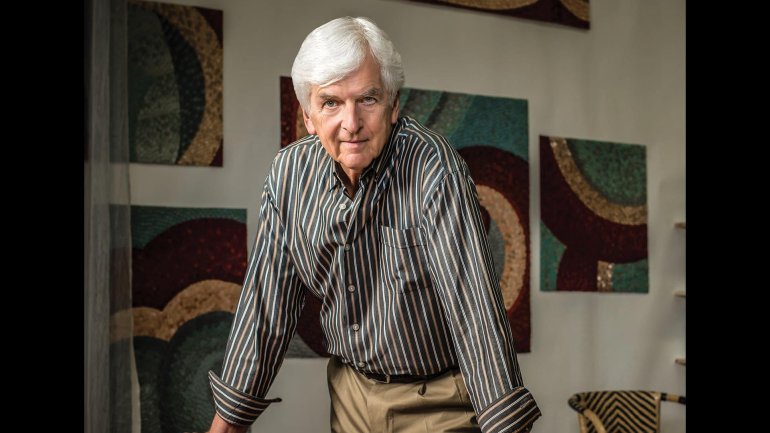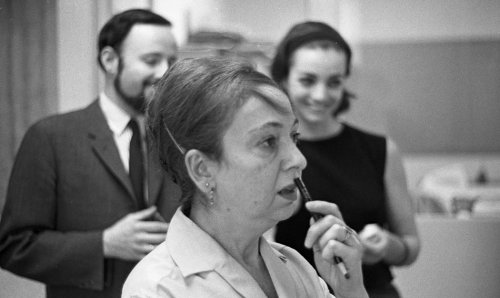Resistance Is Fruitful
Resistance Is Fruitful
With this issue, I’ve been thinking about longevity. As we’ve talked with the winners of the 2016 American Craft Council Awards, which honor people who have continued to make a difference for more than 25 years, I’ve pondered the commitment and perseverance that sort of influence requires.
And as I researched the history of this magazine to mark our 75th anniversary, I’ve been struck by two editors in chief: Lois Moran, who led for 27 years – one of the longest tenures of any magazine editor in her day – and Rose Slivka, at the helm for 20 tumultuous years. I’ve wondered: How does someone – editor, artist, anyone – negotiate the challenge of thriving in a given role for decades?
It might be tempting to assume the key to longevity is playing it safe, keeping your head down, staying the course, and avoiding controversy. But that’s not the lesson of the masters we’re recognizing in this issue. Slivka, editor from 1959 to 1979, was a lightning rod. Throughout her tenure, she prodded craftspeople – most of whom were focused on technique and function – to think more expansively, more artistically. She infuriated readers with her glowing praise for iconoclasts such as Robert Arneson and Lenore Tawney. She featured work that readers called “sick,” “pornographic,” and outright “bullshit.” Yet she endured, even triumphed. Today, she’s cited as one of the most influential voices in the midcentury craft movement.
When I think of Slivka and her staying power, I’m reminded of philosopher Arthur Schopenhauer’s assertion that new ideas always face resistance. First, they’re ridiculed, he wrote. Then, they’re violently opposed. (See “bullshit,” above.) Only after that, he said, can they be accepted as self-evident. By the time Slivka turned over the reins to Moran in 1980, readers had pretty much embraced the overlap of art and craft.
Sometimes the resistance to new thinking is external; sometimes it’s internal. ACC Gold Medalist Gerhardt Knodel went through the ridicule-opposition- acceptance progression in his own mind as an undergraduate steeped in traditional ceramics technique. On a field trip to the Bay Area, he visited another ceramics program and was floored by what he saw. He watched students at the wheel moving with the clay “in very erratic ways” and “making the most eccentric objects,” he recalls. “And at a point where I would feel that the pieces were pitiful, they carefully took them off the wheel, put them to the side, and proceeded to make more of the same.”
The students he watched were under the direction of Peter Voulkos, who pushed them to physically engage with the clay and to express themselves first and foremost. After enough time witnessing this new way of working, Knodel could feel his thinking shift.
“I went back to UCLA, and I told the people I was working with: Something was lacking in my education,” he says. The experience sparked a lifelong habit for Knodel; he started asking more questions, considering alternatives, experimenting. He learned to challenge his most fundamental assumptions. And he’s been repeating the process for the last 60 years.
Longevity is not about finding an approach and holding on for dear life. It’s about active, continual, committed renewal. As we put together this issue, we learned that lesson from the best.


